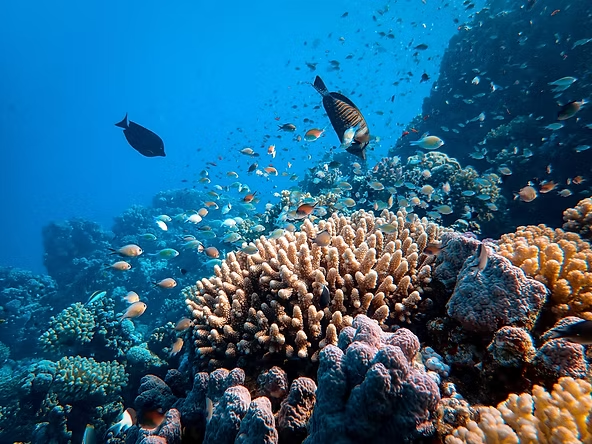10 Fascinating Facts About Coral Reefs
Coral reefs are vibrant, diverse, and iconic features of the world’s oceans. From the Great Barrier Reef to lesser-known sites, corals play a critical role in marine ecosystems. Even if you have barely seen a coral, they have a profound effect on life beneath the waves and on human communities.
1. Home to a Quarter of Marine Species
Although coral reefs make up less than 1% of the ocean, they are home to roughly 25% of all marine species, including around 4,000 types of fish.
2. Corals Are Animals, Not Plants
Corals are often mistaken for plants or rocks, but they are indeed animals. They exist as hard and soft types and live in colonies, which are large groupings of individual coral polyps.
3. Provide Food for Half a Billion People
Coral reefs support a variety of fish species, which are consumed by an estimated 500 million people worldwide.
4. Serve as Protective Barriers
During storms, coral reefs act as natural barriers, slowing water flow and reducing coastal erosion, protecting coastal towns from flooding.
5. Purify Water
Corals and sponges graze on particles in the water, keeping their environment clear and maintaining water quality essential for survival.
6. Not Limited to Warm Waters
While mostly tropical, coral reefs can exist at temperatures as low as 4°C and depths of 2,000 meters. Deep-sea corals feed exclusively on particles in the water, not photosynthesis.
7. Among the Slowest-Growing Animals
Corals grow very slowly, averaging about 1 cm per year. Some healthy corals can grow 10 cm per year under optimal conditions. The Great Barrier Reef’s 350,000 km² size reflects millions of years of growth.
8. Glow in the Dark
Shallow-water corals can fluoresce at night. Fluorescent proteins act as sunscreen, protecting the coral from damaging sunlight.
9. Color Comes from Algae
Corals harbor symbiotic algae called zooxanthellae, which photosynthesize nutrients for the coral. Chlorophyll gives them brown or green hues, while environmental changes produce vibrant colors.
10. Thrive in Strong Currents
Despite strong currents being difficult for many marine creatures, corals flourish in these conditions. Studies suggest strong currents aid in nutrient delivery and debris removal.

